SEAGRASS THREATS
Seagrasses meadows form one of the most important and richest coastal habitats in the ocean. They support a range of keystone and ecologically important marine species from all trophic levels.
Seagrasses are unique as underwater flowering plants (Class Monocotyledoneae) that have evolved from terrestrial plants millions of years ago. Even immersed in water they still function in ways similar to land plants, flowering and pollinating underwater and with similar recognizable structures of roots, rhizomes, stems, leaves and flowers.
Like land plants they rely on light for photosynthesis and take up nutrients such as nitrogen and phosphorous from the surrounding marine environment. They require a sea floor suitable for their roots to take hold and require at least a base level of environmental stability to grow and prosper.
Globally, studies of seagrass indicate that seagrass meadows are likely to be disappearing from coastal waters at around 110 square kilometres per year (Waycott et al 2009) as a direct outcome from human activity.
The processes most likely to damage seagrass are associated with urban/port development and agriculture and the risks accumulate most around key cities and ports around the globe.
- Dredging (Gladstone Harbour, QLD, Australia)
- Photographer: Jaclyn Davies
sOME FACTS
01
Losses
Since 1980, documented losses in seagrass meadows is equivalent to two football (soccer) fields per hour
02
Global distribution
Globally, 58% of seagrass meadows have part of their distribution
03
Extreme heat
Seawater temperatures above 40ºC will stress tropical seagrass. Death occurs at temperatures above 43ºC
SOME COMMON THREATS
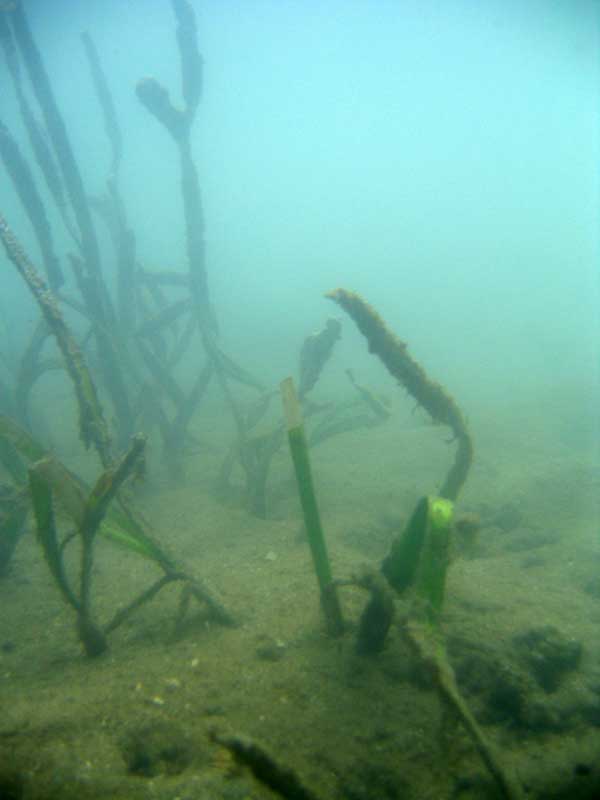
Water Quality
Runoff off/Suspended sediments can cause a reduction in sunlight which will affect seagrass photosynthesis and can kill whole populations.
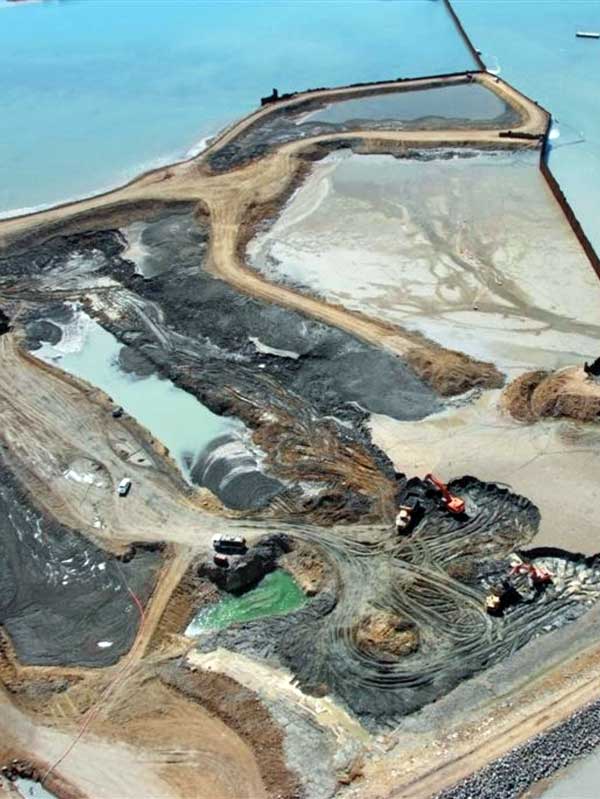
Coastal development
Seagrass loss is often linked to coastal development. This can include physical damage(changes in topography & changes in water currents/flows).
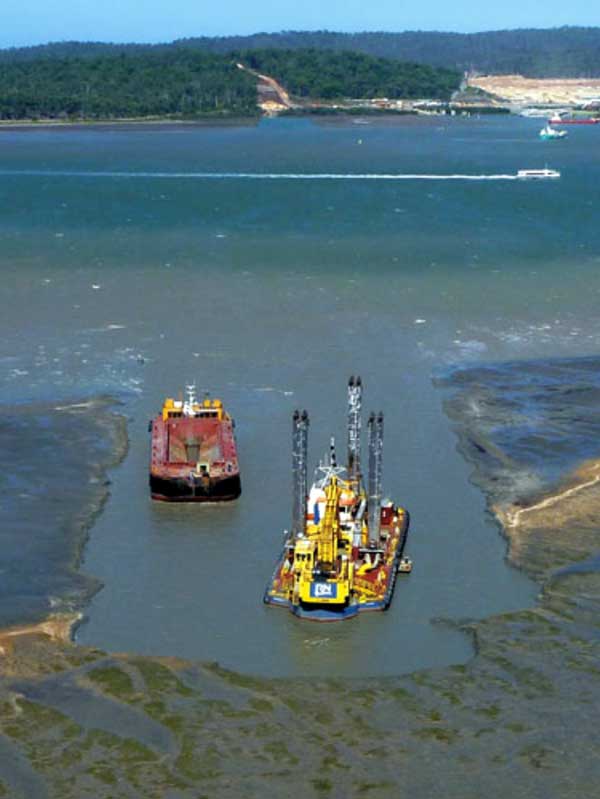
Dredging
Physical damage from plant removal, reducing light availability or alters the conditions around seagrass meadows can put pressure on seagrass systems.
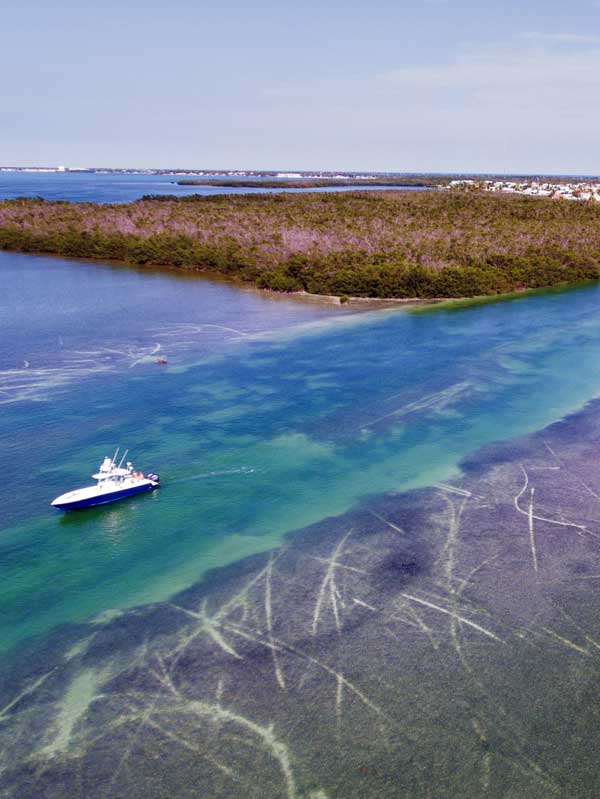
Boating
Scarring can be caused by propellers, motors and hulls, when boats come into contact with seagrass in shallow water. As the propeller cuts into the seafloor or the hull and motor scrapes across the bottom, it creates physical damage to the crucial roots and rhizomes of the seagrass and leaves a visible scar.
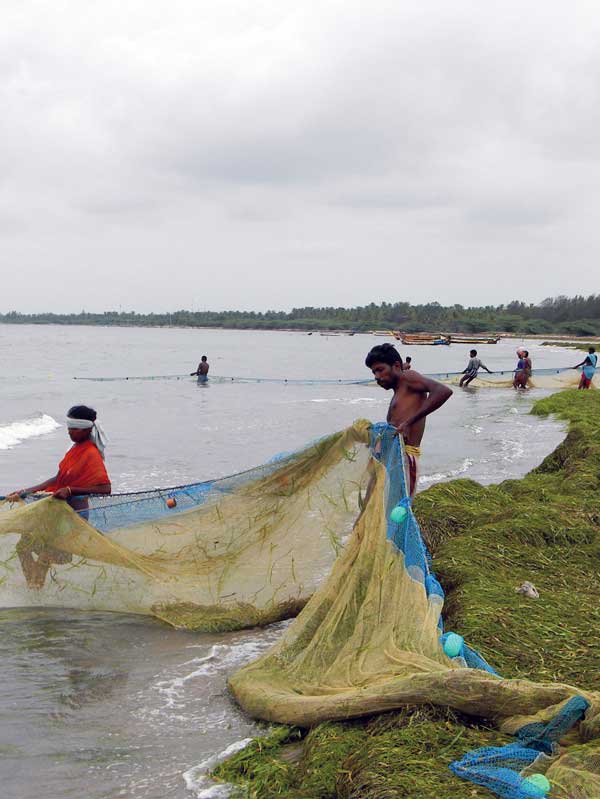
Netting/Trawling
Trawling has direct and indirect impacts on seagrass meadows; substrate is lost or destabilised, seagrasses are uprooted and damaged. Sediment resuspension reduces light necessary for seagrass photosynthesis
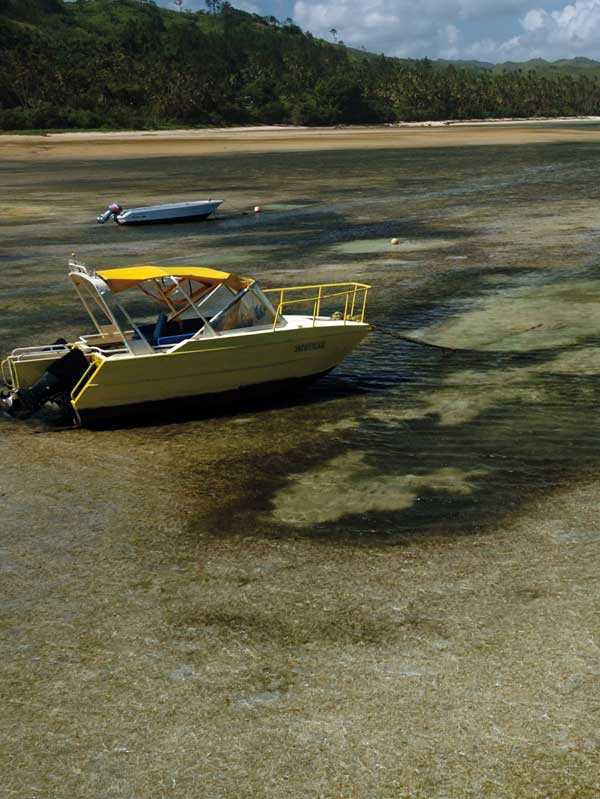
Anchoring
Anchors can damage seagrass. Dragging an anchor can uproot seagrass and rhizome. An anchor chain can scrape the seabed as it pivots around the anchor point with changes in wind direction and tide.
save our seagrass
Seagrass meadows are an important marine habitat, providing food and shelter for many organisms, and are a nursery ground for commercially important prawn and fish species. The high primary production rates of seagrasses are closely linked to the high production rates of associated fisheries.
Seagrass supports numerous herbivore- and detritivore-based food chains, and are considered very productive pastures of the sea.
Seagrasses a major food source for a number of grazing animals. The dugong and the green turtle mainly feed on seagrass. An adult green turtle eats about two kilograms (wet weight)of seagrass a day, while an adult dugong eats about 28 to 40 kilograms (wet weight) a day.
Seagrass meadows play an important role in the fight against climate change. Seagrasses take up carbon dioxide that is dissolved in seawater. The carbon dioxide is used to build the plant’s tissues or is stored in the sediment. Globally, seagrasses are as important as forests in storing carbon (on an areal basis) and can store carbon 35 times faster than rainforests. Coastal seagrass meadows hold up to 83,000 metric tons of carbon km-1. Seagrass meadows occupy less than 0.2% of the world’s oceans, but they are responsible for more than 10% of all carbon in ocean sediments annually.
The incorporation of carbon within seagrass tissues can affect local pH & increase calcification of coral reefs, thereby mitigating the effects of ocean acidification.
Seagrasses also trap fine sediments and particles that are suspended in the water column, which increases water clarity.
Adjacent coral reefs as well as coral patches within seagrass meadows benefit from the improved water quality
Seagrass meadows can reduce disease causing bacterial pathogens by >50%, to the benefit of humans and adjacent coral reefs.